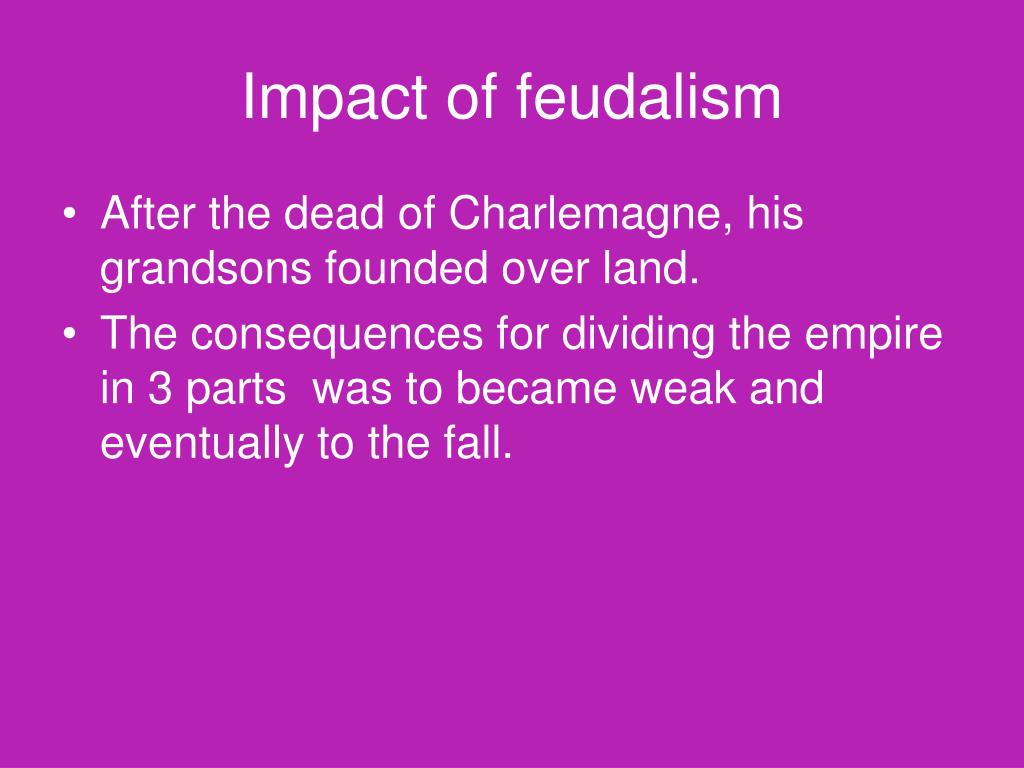
The adjective feudal was in use by at least 1405, and the noun feudalism, now often employed in a political and propagandist context, was coined by 1771, paralleling the French féodalité.Īccording to a classic definition by François Louis Ganshof (1944), feudalism describes a set of reciprocal legal and military obligations which existed among the warrior nobility and revolved around the three key concepts of lords, vassals and fiefs, though Ganshof himself noted that his treatment was only related to the "narrow, technical, legal sense of the word".Ī broader definition, as described in Marc Bloch's Feudal Society (1939), includes not only the obligations of the warrior nobility but the obligations of all three estates of the realm: the nobility, the clergy, and those who lived off their labour, most directly the peasantry which was bound by a system of manorialism this order is often referred to as a "feudal society", echoing Bloch's usage. There is no commonly accepted modern definition of feudalism, at least among scholars. Brown's "The Tyranny of a Construct" (1974) and Susan Reynolds's Fiefs and Vassals (1994), there has been ongoing inconclusive discussion among medieval historians as to whether feudalism is a useful construct for understanding medieval society. Ī broader definition of feudalism, as described by Marc Bloch (1939), includes not only the obligations of the warrior nobility but the obligations of all three estates of the realm: the nobility, the clergy, and the peasantry, all of whom were bound by a system of manorialism this is sometimes referred to as a "feudal society". The classic definition, by François Louis Ganshof (1944), describes a set of reciprocal legal and military obligations which existed among the warrior nobility and revolved around the three key concepts of lords, vassals, and fiefs.

Broadly defined, it was a way of structuring society around relationships that were derived from the holding of land in exchange for service or labour.Īlthough it is derived from the Latin word feodum or feudum (fief), which was used during the Medieval period, the term feudalism and the system which it describes were not conceived of as a formal political system by the people who lived during the Middle Ages. A medieval castle is a traditional symbol of a feudal society.įeudalism, also known as the feudal system, was the combination of the legal, economic, military, and cultural customs that flourished in medieval Europe between the 9th and 15th centuries. This usage doesn’t usually refer to the actual structural complexities of feudalism, but rather is intended to draw a comparison based on how unequal and unjust such systems were.Orava Castle in Slovakia. While such systems essentially no longer exist, the term feudal system is still often heard in political discourse as a negative term for unfair forms of government. At the bottom of the hierarchy were farmers and merchants. Japan operated under a feudal system from the 1100s to the 1800s under powerful military leaders called shoguns, whose vassals, called daimyo, controlled armies of samurai. And they were required to get the lord’s permission to do just about anything, including getting married or traveling off of the land.įeudalism wasn’t limited to medieval Europe.
#IMPACT OF FEUDALISM IN THE MIDDLE AGES FREE#
Serfs were not free to work elsewhere or go wherever they pleased-if the land passed from one owner to another, the serfs were then required to work the land for that new owner. Working the land (doing the actual farming) at the very bottom of the hierarchy were peasants called serfs. Their tenants, called vassals, swore loyalty to the lord and provided military service (yes, knights in shining armor).

At the top of the hierarchy in the feudal system was a king, who traditionally owned all land and granted it directly to noblemen, known as lords, who held hereditary rights to it. The word feudalism may call to mind images of lowly peasants toiling for haughty nobles, but the relationships in such systems were more complex than that. The term feudal system was introduced much later, in the 1700s, by scholars studying the complex legal and political relationships of the Middle Ages. But they didn’t call it a feudal system at the time. The feudal system developed in Europe when the decline of the Roman Empire led to a fragmentation of power, which in turn allowed wealthy landowners to strengthen their control over the people living on their land.


 0 kommentar(er)
0 kommentar(er)
